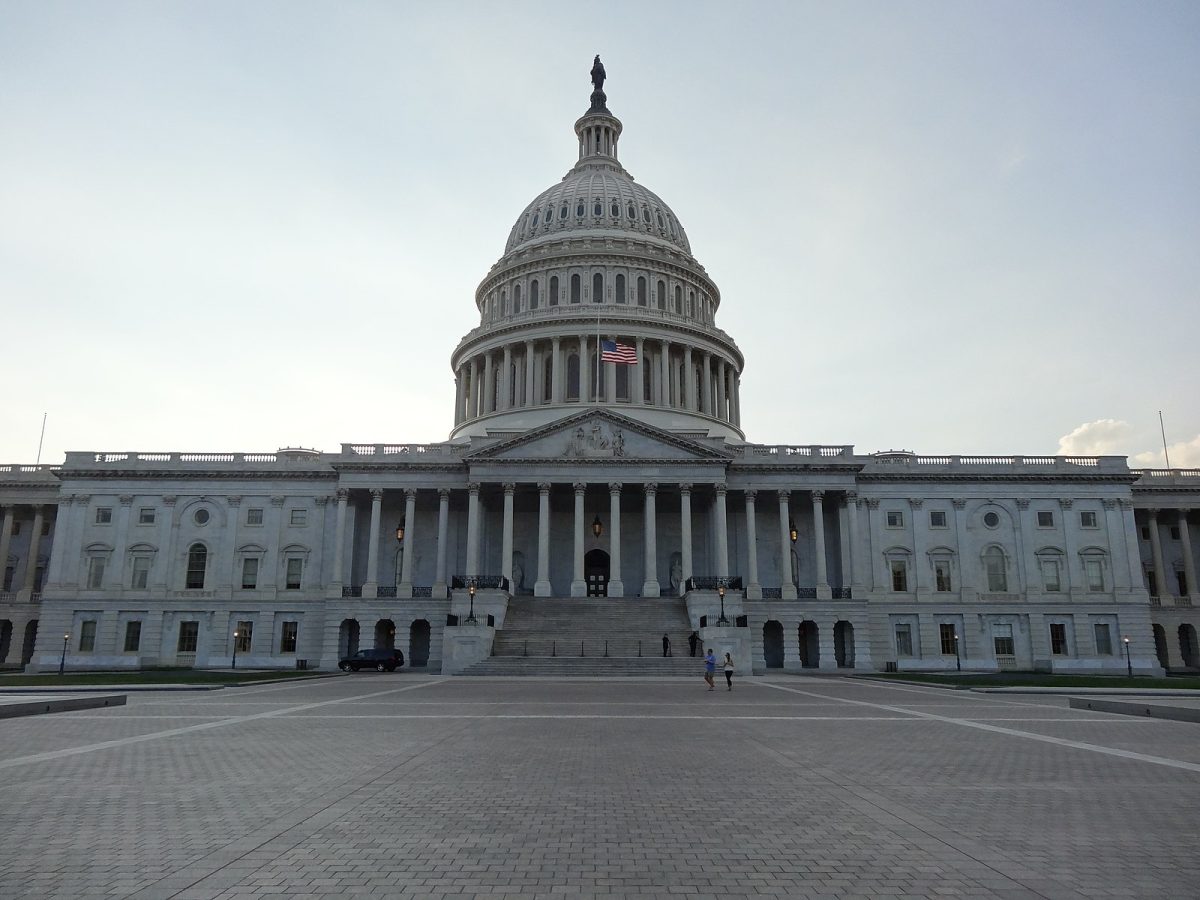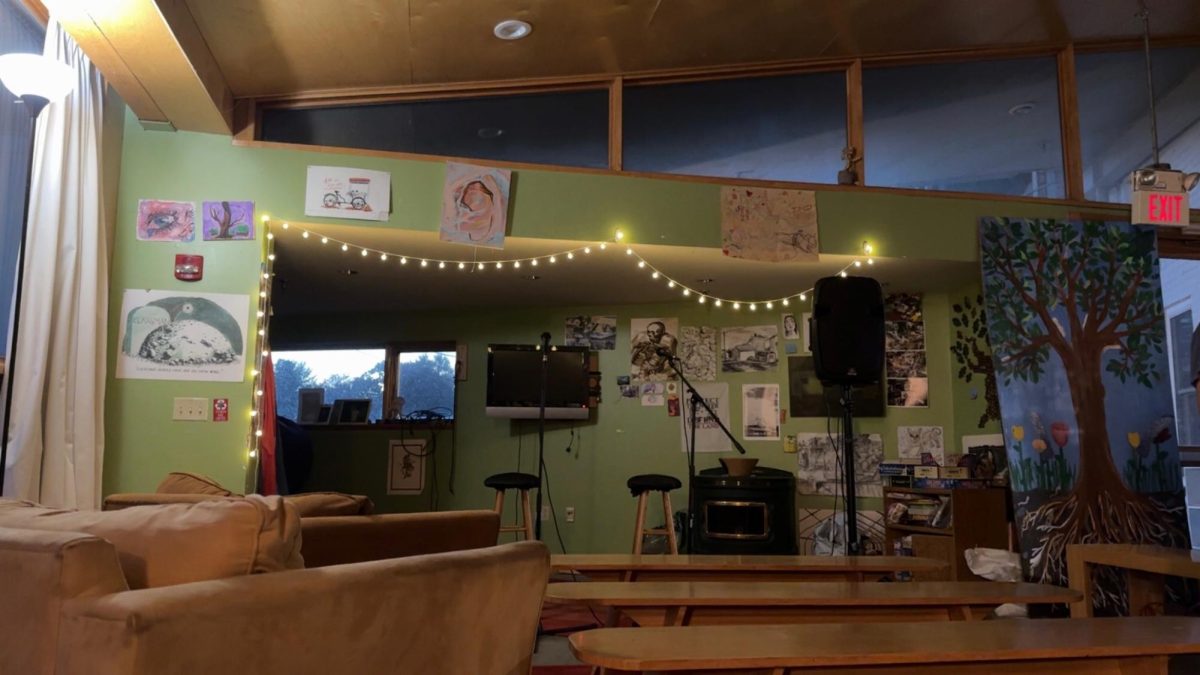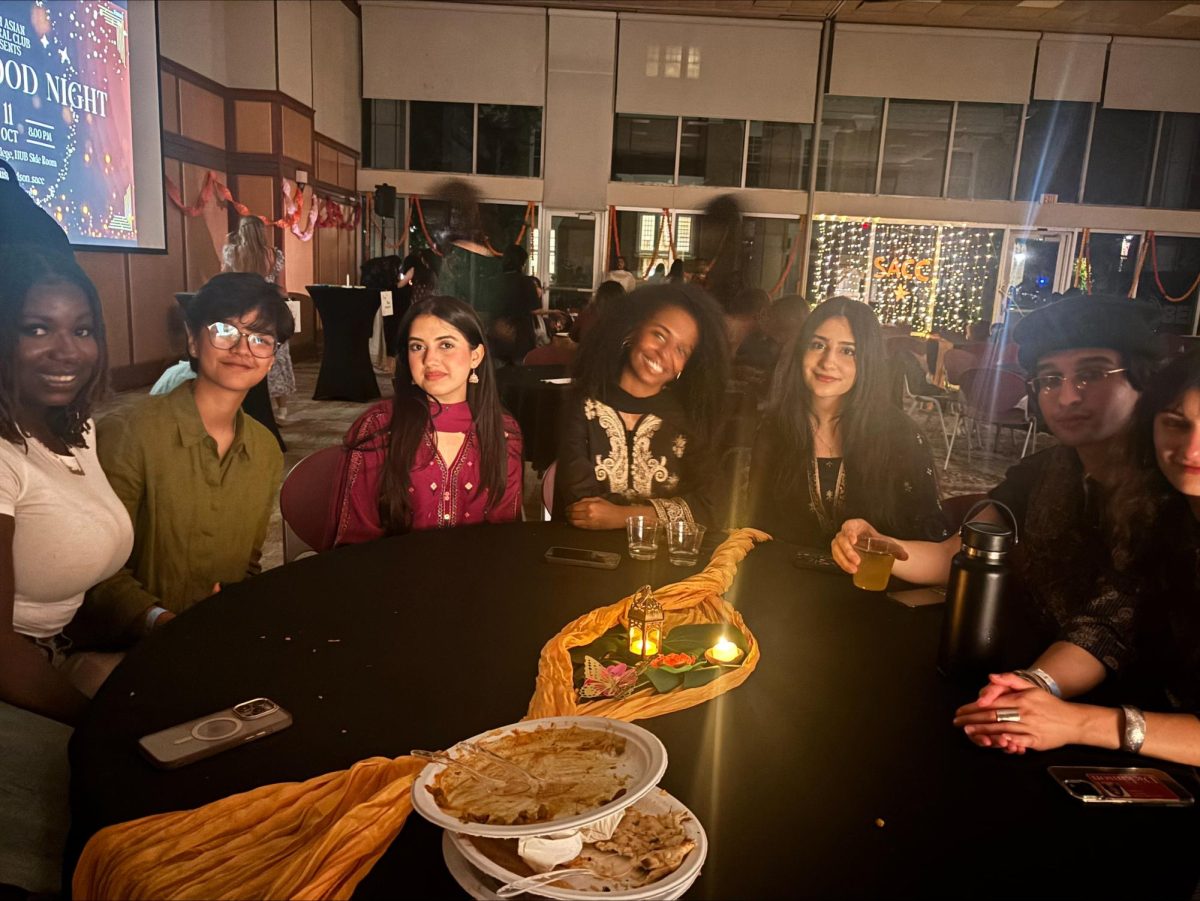Sarah E. Lewis, Associate Professor of African and African-American Studies at Harvard University, analyzed the relationship between racism and art and discussed how art illustrates identity in a speech on campus. The speech, “Vision and Justice,” was given at the Rubendall Recital Hall on Sept. 12.
Lewis draws her inspiration for racial justice from her grandfather, Shadrack Emmanuel Lee. He questioned white supremacy, and why Black representation was not present in literature, and that question got him expelled from his high school. He then turned to activism in the form of art – embracing Black identity in his work.
Lewis explains the importance of visual media, as it can reveal truths words may cover up. She claims that the “collective failure of society is corrected by visual culture…The photograph democratized portraiture.” Viewing art allows one to see the collective consciousness of a period. During the Civil Rights Era, pictures of Black men and women being hosed, tear gassed or beaten illustrated both the pain of Black Americans and the oppression by white Americans.
Lewis said, “[Visual art has] a catalytic role.” It is not just a documentation tool. Art has documented history, but it also inspired it. Representative art of undocumented issues has transformed movements. Lewis describes how the Civil Rights Movement started in the 1940s, but the media brought attention to the movement in the 1960s. Attention is brought to movement when they are visualized. Similar instances can be drawn today, domestically and globally: The Arab Uprisings, The Black Lives Matter Movement and various global humanitarian crises.
Representation has not always been present in art. Drawings in the 1600s to 1800s proliferated the idea of racial hierarchy. Camera companies, like Kodak, did not have the chemical composition to normalize non-white skin color. Lewis’s grandfather was expelled from school for questioning the lack of representation of Black Americans.
While art has not always been representative, it has been a focal point of change. Frederick Douglass, one of the most photographed men in history, advocated for the use of visual art. He knew it could be both a tool and a weapon. Eugenicists would take pictures of unwilling Black men and women to illustrate their physical “differences.” Douglass became so photographed to contrast this. He wanted people to see black people, not through a white supremacist lens.
Lewis said, “We tend to see justice as a process that requires mainly laws and norms. In the United States…you see the critical role that visual culture has played of all kinds: art, performances, musicals.” Art is central to justice and will continue to represent change.





